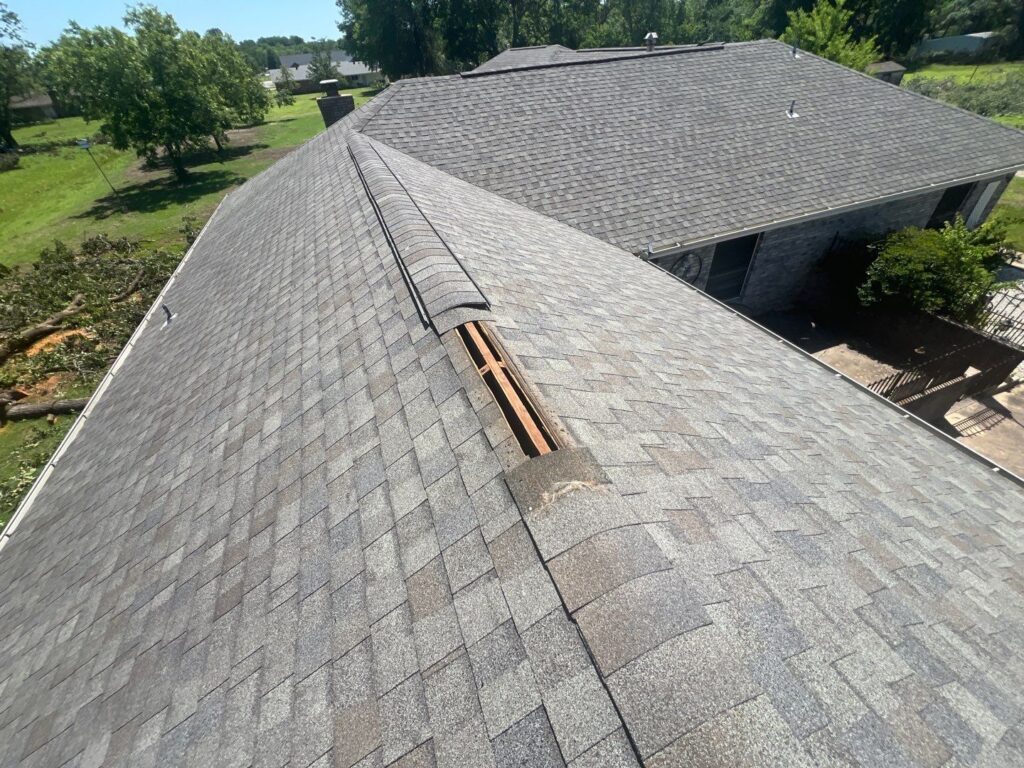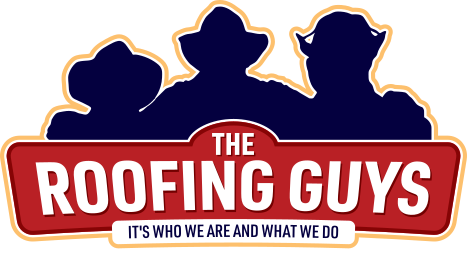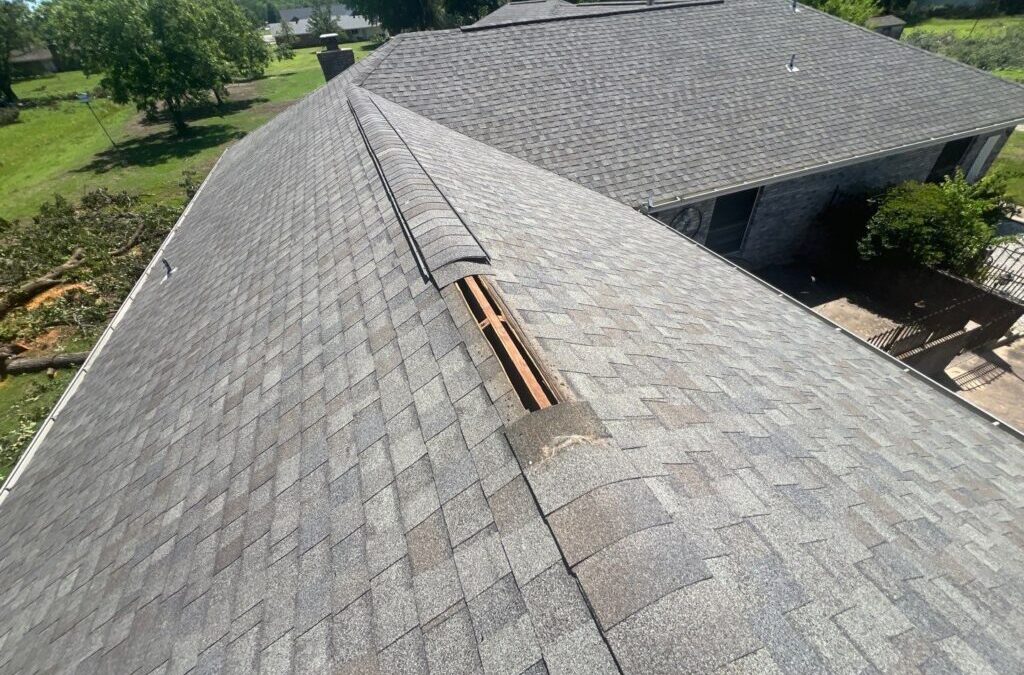Maintaining the integrity of your roof involves addressing leaks promptly and effectively. Different types of roof leaks require specific repair solutions to ensure long-term protection for your home. This article outlines various repair strategies to handle common roofing issues, helping you safeguard your home against potential damage.

Addressing Shingle Damage
Replacing Damaged Shingles
Damaged shingles, whether cracked, curled, or missing, are a prevalent cause of roof leaks. The repair process involves removing the compromised shingles and replacing them with new ones. This not only restores the aesthetic appearance of your roof but also reseals the barrier against water ingress.
Resolving Flashing Issues
Repairing and Replacing Faulty Flashing
Flashing around roof features like chimneys, vents, and junctions is crucial for preventing water leaks. When flashing fails—due to weather damage or wear—it is essential to either repair or replace it to maintain a watertight seal. Ensuring that flashing is intact and properly sealed is vital for leak prevention.
Restoring Roof Seals
Reapplying Sealant for Weatherproofing
Over time, roof seals may deteriorate, which can lead to leaks around vents, chimneys, and other penetrative elements. The solution involves stripping old, failed sealant and applying new, durable sealant to re-establish a robust waterproof barrier. Regular inspections can help catch and address seal degradation early.
Unclogging Gutters and Downspouts
Maintaining Clear Water Passageways
Leakage can also occur due to clogged gutters and downspouts, causing water to back up and potentially seep into the roof structure. Regular cleaning and maintenance of gutters are essential to prevent such issues. Ensuring that water can flow freely away from your roof decreases the risk of leaks and water damage.
Enhancing Roof Ventilation
Correcting Ventilation to Prevent Moisture Accumulation
Improper or damaged roof ventilation can lead to moisture buildup under the roof surface, eventually causing leaks. Assessing and, if necessary, upgrading your roof’s ventilation system can prevent these issues by ensuring proper air flow and reducing condensation.
Preventing Ice Dam Formation
Strategic Measures in Cold Climates
In regions susceptible to freezing temperatures, ice dams can form at the roof’s edge, forcing water to pool and leak into the structure. Preventative measures include enhancing insulation, improving ventilation, and removing snow from the roof. These steps help maintain a uniform roof temperature to prevent ice dam formation.
CONCLUSION
For homeowners, understanding the specific needs of your roof’s architecture and local climate is crucial when addressing leaks. Each type of leak has tailored solutions that can restore and enhance the roof’s functionality. For professional assistance and expert repair services in Tulsa, OK, The Roofing Guys are equipped to handle a broad spectrum of roofing challenges, ensuring high-quality and durable repairs that stand the test of time.


Recent Comments